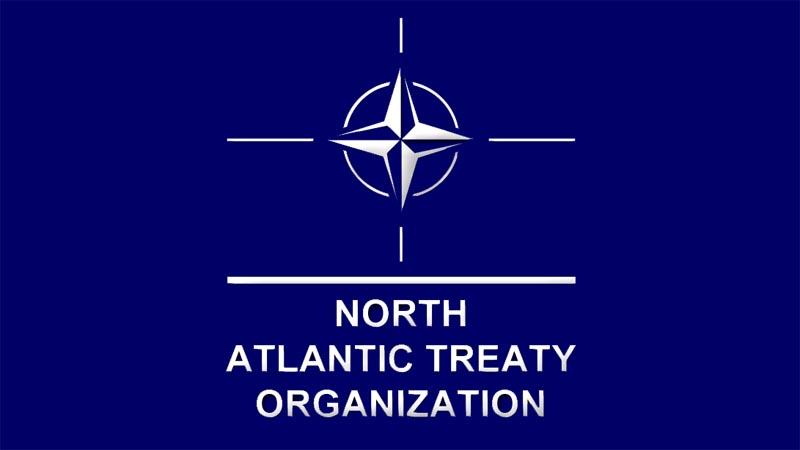Part 3 of 5 Parts (Please read Part 1 and 2 first)
A second common mistake made by critics of the Treaty on the Prohibition of Nuclear Weapons is the claim that NATO members cannot join the treaty. One critic recently argued that membership in NATO and the Treaty on the Prohibition of Nuclear Weapons would have to be “mutually exclusive.” While it is true that to be a fully compliant member in both of these treaties would necessitate a few policy adjustments, dual membership is entirely possible.
The Treaty on the Prohibition of Nuclear Weapons does not contain any prohibition for a member to be involved in any military alliances or exercises with other nuclear-armed nations as long as there is not a significant nuclear dimension to those alliances and exercises. NATO states, “NATO is committed to arms control, disarmament and non-proliferation, but as long as nuclear weapons exist, it will remain a nuclear alliance.”
Legal experts explain that if a NATO member decided that it would like to join the treaty, they can do so and remain in NATO as long as the member renounces any participation in the nuclear dimension of the NATO alliance and states that is does not support activities prohibited by the treaty. There is a precedent where existing members of NATO have added text to alliance documents which signal the disagreement of that member with certain NATO policies.
A NATO member could announce that it has changed it policies and adjust its behavior in order to be compliant with the treaty’s provisions. Exactly how the NATO member would have to make changes to its behavior to be in compliance with the treaty would, of course, vary by country and would be need to be determined in consultation with existing treaty members.
Historically, different members of NATO have taken different positions on controversial weapons without destroying the alliance. There are already policies that diverge inside NATO with respect to the extent of member participation in the nuclear aspects of the alliance. For instance, some NATO members host U.S. nuclear weapons inside their borders while other members do not allow any nuclear weapons inside their territories under any circumstances. Some members of NATO opposed the banning of landmines and cluster munitions, but this opposition did not prevent these prohibitions from being accepted by the international community. The U.S. pressured other countries to not participate in the negotiations for the treaty banning cluster munitions, but the acceptance of the ban did not destroy the NATO alliance.
Dozens of former leaders of NATO members recently demanded that their countries join the treaty. They did not say that do so would have any impact on their membership in NATO or injure the alliance in any way. NATO’s status as a nuclear alliance has certainly evolved over time. Obviously, NATO will have to continue to evolve to take into account the changing international landscape.
Please read Part 4
